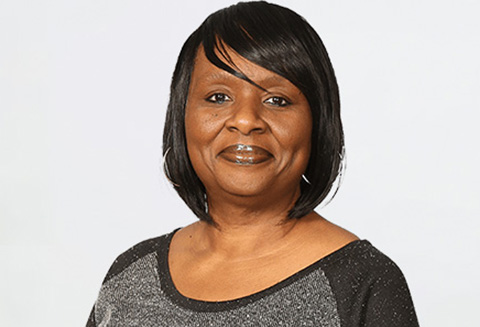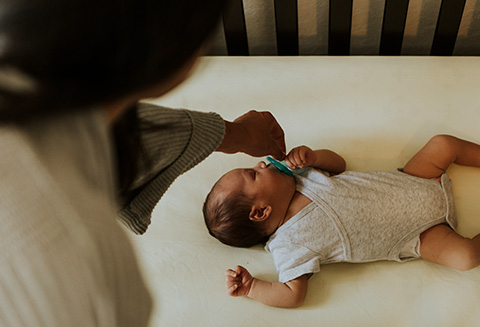Early detection of cervical cancer assisted by a simple test

Cervical cancer was once one of the most common causes of cancer death for American women. But over the last 40 years, the cervical cancer death rate has gone down by more than 70 percent. The main reason: Early screening methods allow for earlier detection and intervention — when the cancer is in its most curable stage.
All cancers start when cells in the body begin to grow out of control. Virtually any part of the body can become cancerous and potentially spread to other areas of the body. According to Dr. Jonelle Bingham-Alexander, an OB/GYN at NewYork-Presbyterian Hudson Valley Hospital in Cortlandt Manor, “The cervix connects the woman’s uterus to the vagina. Cervical cancer starts in the cells lining the cervix and can then spread to the uterus, vagina, rectum, and bladder. It can also spread through the blood stream to organs such as the liver, lung, bone, and bowel and also through the lymph nodes. ” Most cases of cervical cancer are found in women younger than 50. It rarely develops in women younger than 20.
HPV and the link to cervical cancer
“The human papilloma virus (HPV) causes almost all cases of cervical cancer, which is a common sexually transmitted infection,” explains Dr. Bingham-Alexander. "There are two types of HPV: low-risk type HPV (non-cancer associated type) and high-risk type HPV (cancer-associated type).”
Additionally, HPV has also been linked to vulva, vaginal, and anal cancer. Low risk types commonly manifest as benign genital warts. Genital HPV infection is common and can persist for years, but very few women infected with HPV develop cervical cancer. Says Dr. Bingham-Alexander, “It can take approximately 15 years for a woman with an initial HPV infection to develop cervical cancer — and this raises the importance of regular gynecological exams and Pap tests. In fact, all women should have a pap smear screening regardless of sexual activity.”
Other risk factors for cervical cancer include:
- Having multiple sexual partners, or having a sexual partner who has multiple sexual partners
- A history of sexually transmitted infections such as gonorrhea, chlamydia or genital herpes
- A history of vulvar or vaginal cancer
- Having an immune system deficiency due to illnesses such as HIV/AIDS and leukemia
- Race/Ethnicity (cervical cancer is more common among women who are Black, Hispanic, or of American Indian descent)
- Cigarette smoking (women who smoke are about twice as likely to develop cervical cancer as women who do not smoke)
Symptoms of cervical cancer include: irregular or heavy vaginal bleeding; bleeding after intercourse; vaginal bleeding after menopause; and persistent vaginal discharge that may have an odor. In advanced cases, symptoms such as blood in the urine or stool, or passage of urine or feces from the vagina may occur.
Early screening guidelines
Dr. Bingham-Alexander explains, “The primary screening method to detect for cervical cancer is the Pap smear. Depending on your age and your screening history, the high- risk type HPV testing may also be included.” During the procedure, the doctor slowly inserts a device called a speculum into the vagina to open the vaginal walls for access to the cervix. A small brush is used to sample cells from the cervix, which are then tested for the presence of abnormal cells. The Pap test takes less than one minute; some women may feel slight pressure or discomfort during the procedure.
Up to age 30: Screening should start no sooner than the age of 21. High-risk HPV testing is not routinely done in women under the age of 30 because of the transient nature of HPV; most women’s immune systems clear the virus by the age of 30 years old. The high HPV test is only done if the preliminary Pap test results are abnormal in this age group.
Over age 30: Women over age 30 should have a Pap smear with high risk HPV testing as part of their regular gynecological exam. It is important to discuss with your provider how often you should have your Pap smear/high risk HPV testing, as this test is not necessarily done every year.
“I cannot stress enough how important cervical cancer screening is,” says Dr. Bingham-Alexander. “If you wait to see a doctor only when you notice a problem, it may be too late. Regular preventive care is one of the most important ways to maintain your health over time.” Dr. Bingham-Alexander is a practitioner with NewYork-Presbyterian Medical Group Hudson Valley.





